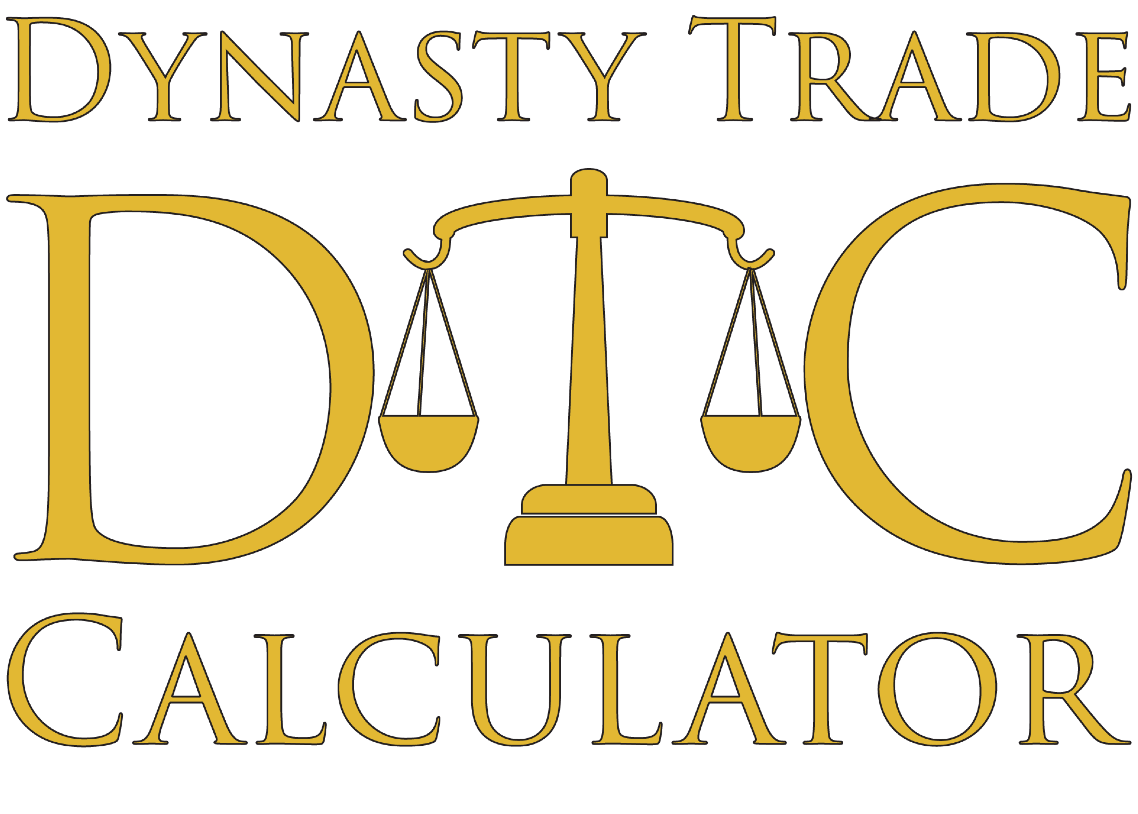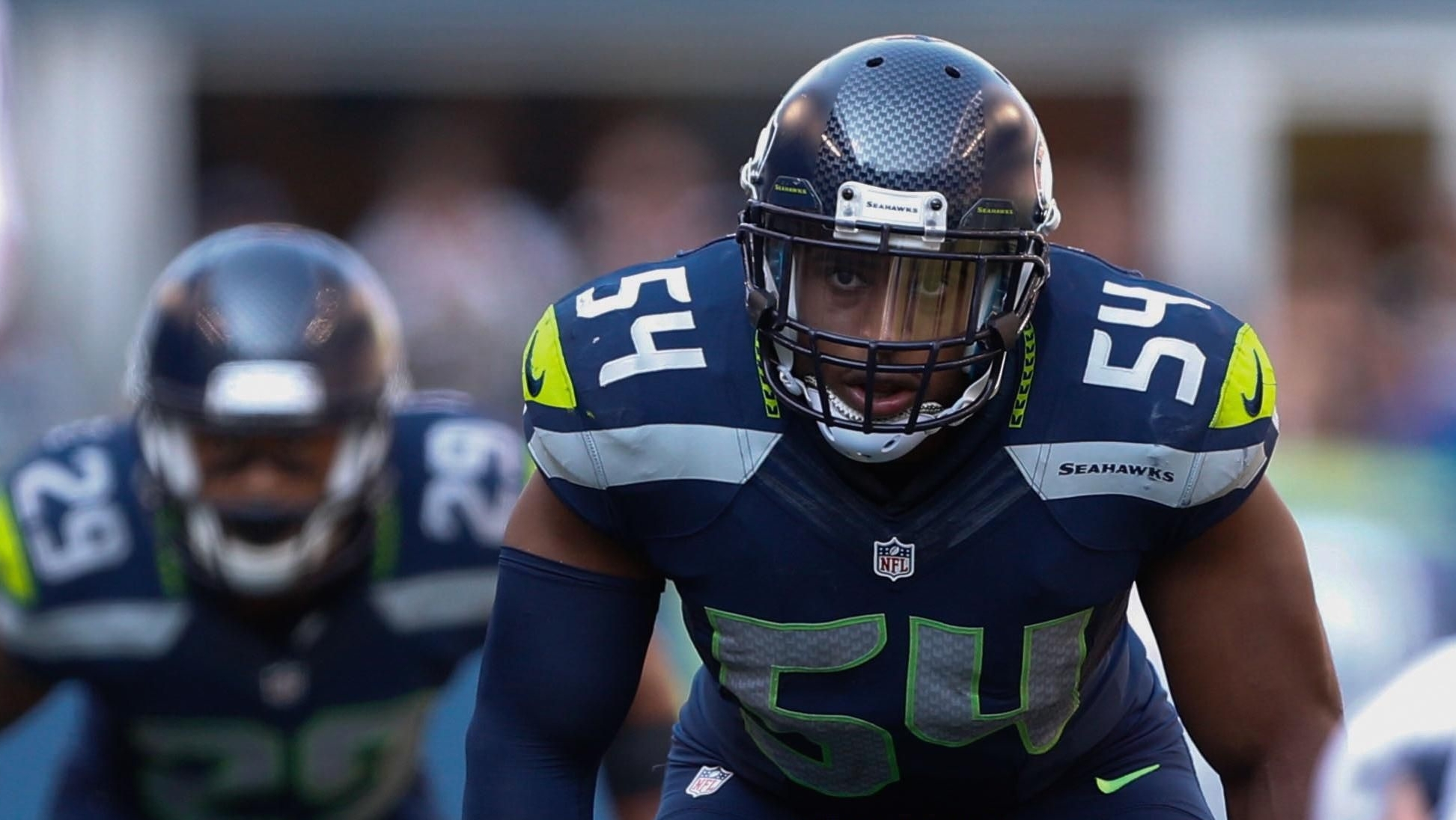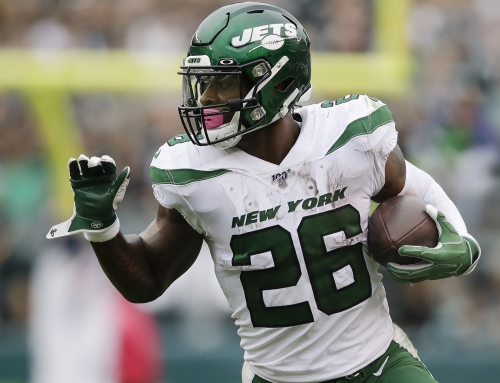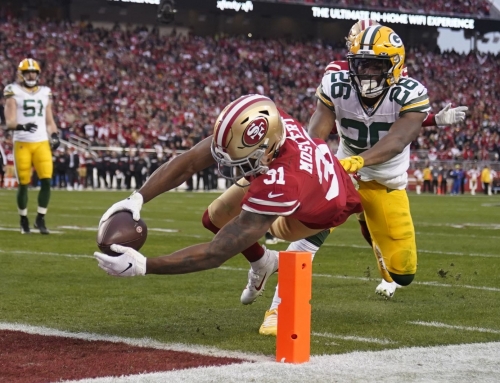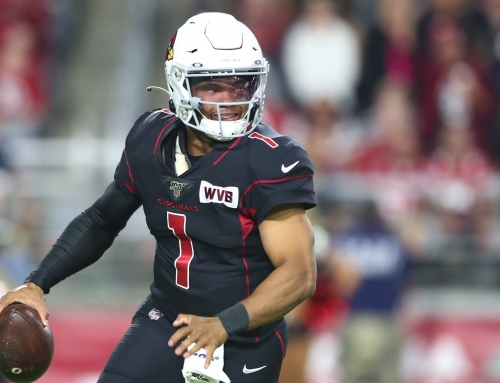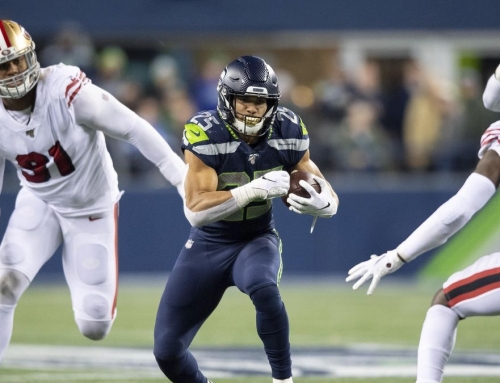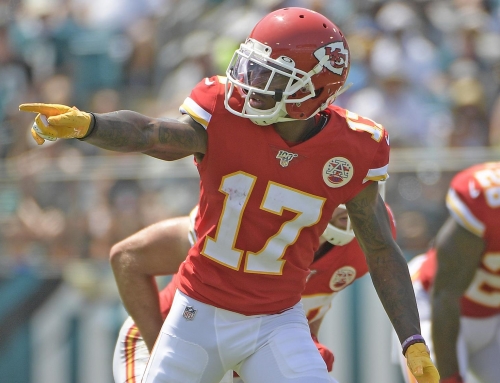The world of IDP fantasy football where you start individual defensive players is incredibly fun, but it can be a bit difficult to navigate if you don’t immerse yourself completely… Of course, I understand why it’s a challenge to focus on the defensive side of fantasy football, as most of our childhood memories are filled with amazing, toe-tapping catches or broken tackles that lead to long touchdown runs. We have been taught to love and expect phenomenal scoring plays. Sacks and tackles are rarely highlighted on the box score, and games with a final score of 10-7 are usually perceived to be boring. Plus, playing in IDP formats means double the work since fantasy owners need to watch both sides of the ball and learn how defensive coaches game plan for opponents!
I’ve loved football since I was five years old, and I’ve always wanted to know all the ins and outs of the game. I played football in junior high and high school, refereed games in college, and have even coached high school players in recent years. My love for playing fantasy football began right after college, and I started writing about the gridiron eight years ago. All of my football and fantasy football experience has led me to understand and appreciate that this great sport does not stand on the offense alone; special teams and defense are just as exciting and crucial to winning.
So I’ll get to the point… 3-4 vs 4-3 defenses: what’s the difference, and how does it impact IDP leagues? Quite simply, the first number in a defensive scheme indicates the number of defensive linemen being utilized in that specific formation, and the second number indicates the number of linebackers on the field. I’ll explain how each defensive scheme works as well as which role players to target in IDP fantasy leagues. Let’s get started.
In a 3-4 defense, the team fields two defensive ends and one nose guard (also called a nose tackle) on the defensive line. Nose guards (NGs) are generally behemoths, as most measure in at around 6’0 and 300+ lbs. The NG lines up opposite the opposing team’s center and is responsible for occupying (aka tying up) the center as well as one of the opposing offense’s guards. Defensive ends (DEs) are also typically monstrous in stature, as most measure in at around 6’5 and 285+ lbs. DEs on either side of the NG are required to engage both the offensive tackle and guard or the opposing tight end depending on which side of the field they line up.
Behind the linemen in a 3-4 defense are two outside linebackers (OLBs) and two inside linebackers (ILBs). The primary goal of the defensive linemen is to keep the linebackers (LBs) free (aka clean) from the offensive linemen and force the ball into lanes where the LBs are in position to converge on the ball carrier. ILBs usually have responsibility ranging from their side of the center to the tight end in both run and pass coverage. OLBs have outside flow responsibilities against the run and also tend to be their team’s best pass-rushers, a prime example being Denver’s Von Miller.
Because defensive linemen take on blockers to keep the linebackers clean in most 3-4 schemes, IDP leagues that offer heavier scoring for big plays (fumbles, sacks, interceptions, and pass deflections) favor 3-4 LBs. With the NG and DEs funneling ball carriers to them, ILBs generally see more opportunities to make tackles, and OLBs see more opportunities to sack the quarterback, force fumbles, and make pass deflections. Defensive linemen playing in a 3-4 scheme usually have fewer opportunities to score fantasy points, though there are exceptions to the rule like Houston’s J.J. Watt.
In a 4-3 defense, the scheme features more specialized roles for both linemen and linebackers. There are two defensive tackles (DTs) anchoring the middle of the line. One usually lines up across from the opposing center or in the gap between the center and the guard. The DTs are responsible for occupying blockers and if possible, penetrating the line of scrimmage and disrupting the play by either tackling the ball carrier behind the line of scrimmage or sacking the quarterback. San Francisco’s DeForest Buckner is a perfect specimen that fits this role.
On the outside of the DTs are two defensive ends, one on either side of the formation. DEs are responsible for setting the edge and forcing a play back inside by standing up the tackle or tight end in their gap, thereby allowing the LBs to reach the ball more quickly. 4-3 DEs typically face only one offensive lineman, though they may also be called upon to take on an additional full back or tail back. Most 4-3 DEs are quicker than the offensive tackles they are facing, like New Orleans’ Cameron Jordan, which allows the DE to collapse the pocket when the quarterback drops back to throw. DEs often lead their teams in sacks in a 4-3 scheme and are generally very productive in fantasy.
So far we’ve established that defensive linemen playing in a 4-3 scheme have more opportunities to make tackles and pass rush, leading to more fantasy points scored than their 3-4 counterparts. But what about the linebackers in a 4-3 scheme? Instead of two ILBs and two OLBs like in a 3-4 scheme, a 4-3 defense features a “Sam”, a “Mike”, and a “Will”. The “Sam”, or strong-side linebacker (SLB), plays on the side that has one more opposing offensive player than the other side, and his primary responsibility is to defend against the opposing tight end, whether it’s covering him on a route on passing plays or shedding his block on running plays. SLBs are generally the least-valuable fantasy LBs with few exceptions, one being Minnesota’s Anthony Barr.
The “Mike”, or middle linebacker (MLB), is a defensive leader and roams the middle of the field. He is responsible for all plays within ten yards of the line of scrimmage, including covering the middle area of the field between the opposing left tackle to the opposing right tackle in pass coverage. The MLB’s role is to help coordinate the defense pre-snap, tackle the ball carrier, and defend against passing routes over the middle. One of the best in the league today is Seattle’s Bobby Wagner. While MLBs rarely get sacks, their heavy involvement leads to higher tackles and interceptions, making them efficient fantasy scorers.
The “Will”, or weak-side linebacker linebacker (WLB), plays on the side of the field that has one less opposing offensive player than the other side. WLBs typically must travel the furthest to reach the ball, but they also often face the fewest blockers. A team’s WLB generally needs to be the fastest of the LBs in order to reach the ball quickly enough to make a play, and Jacksonville’s Telvin Smith is a great example of a play-maker that flies to the ball. As a result of their speed, WLBs often lead their teams in tackles and thereby score the most fantasy points out of the 4-3 LB positions.
In summary, in IDP leagues that favor defensive scoring on big plays, 3-4 OLBs and 4-3 DEs are usually the most fantasy-relevant, though non-nose guard DTs can also rack up fantasy points. In tackle-heavy IDP scoring, 3-4 ILBs and 4-3 WLBs tend to score the most fantasy points, 4-3 DEs are usually more valuable than 3-4 DEs, and you would do well to avoid SLBs in this format. The world of IDP fantasy football can be confusing, but it’s also immensely fun. I hope this article helps get you more acquainted with this format.
Thanks for reading. Throughout the offseason, I will continue to write about rookies and how you can become a better and more efficient dynasty owner, so be sure to keep an eye on DTC for all of the new content. You can also follow me on Twitter @AndrewMiley.
